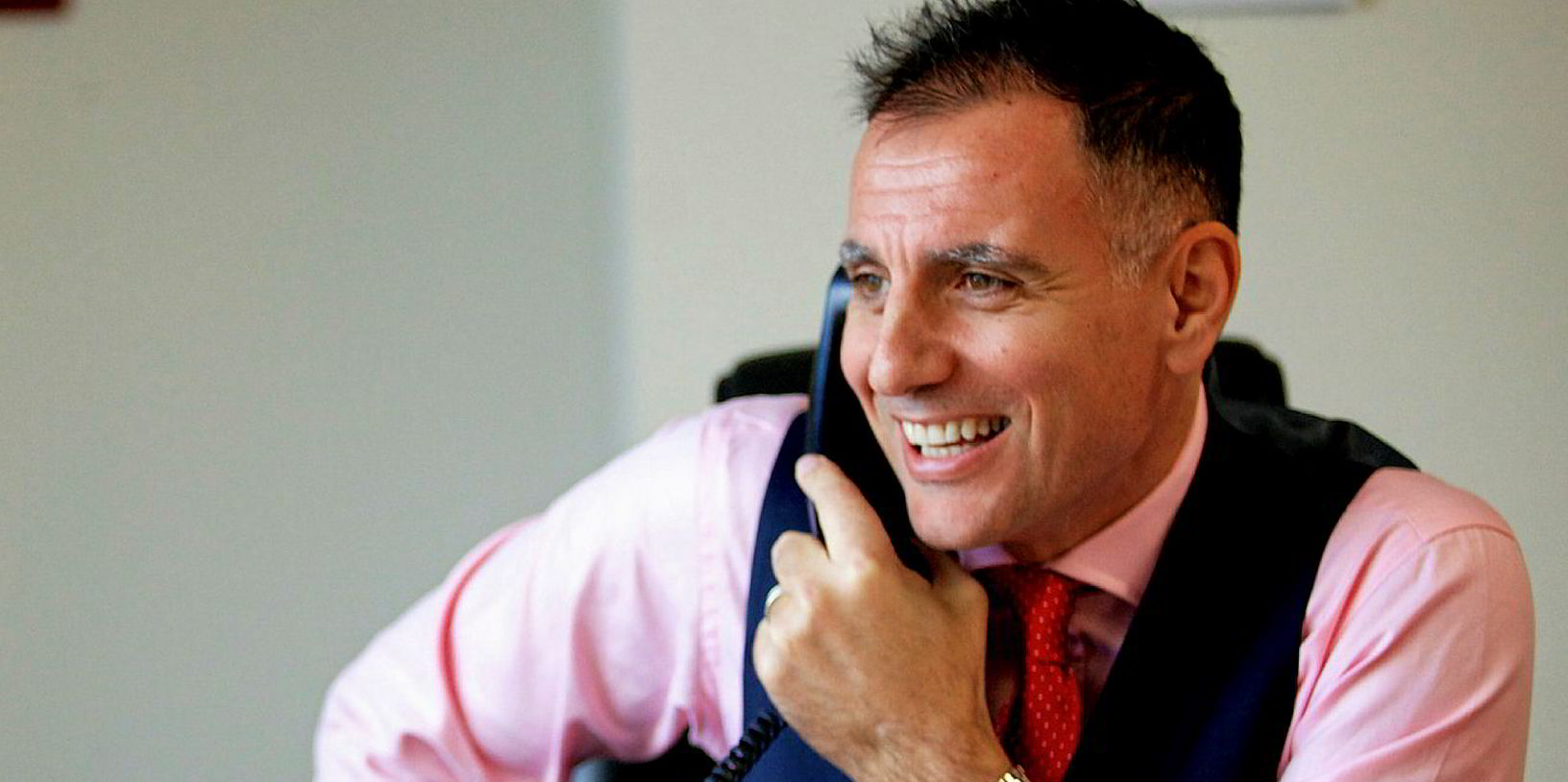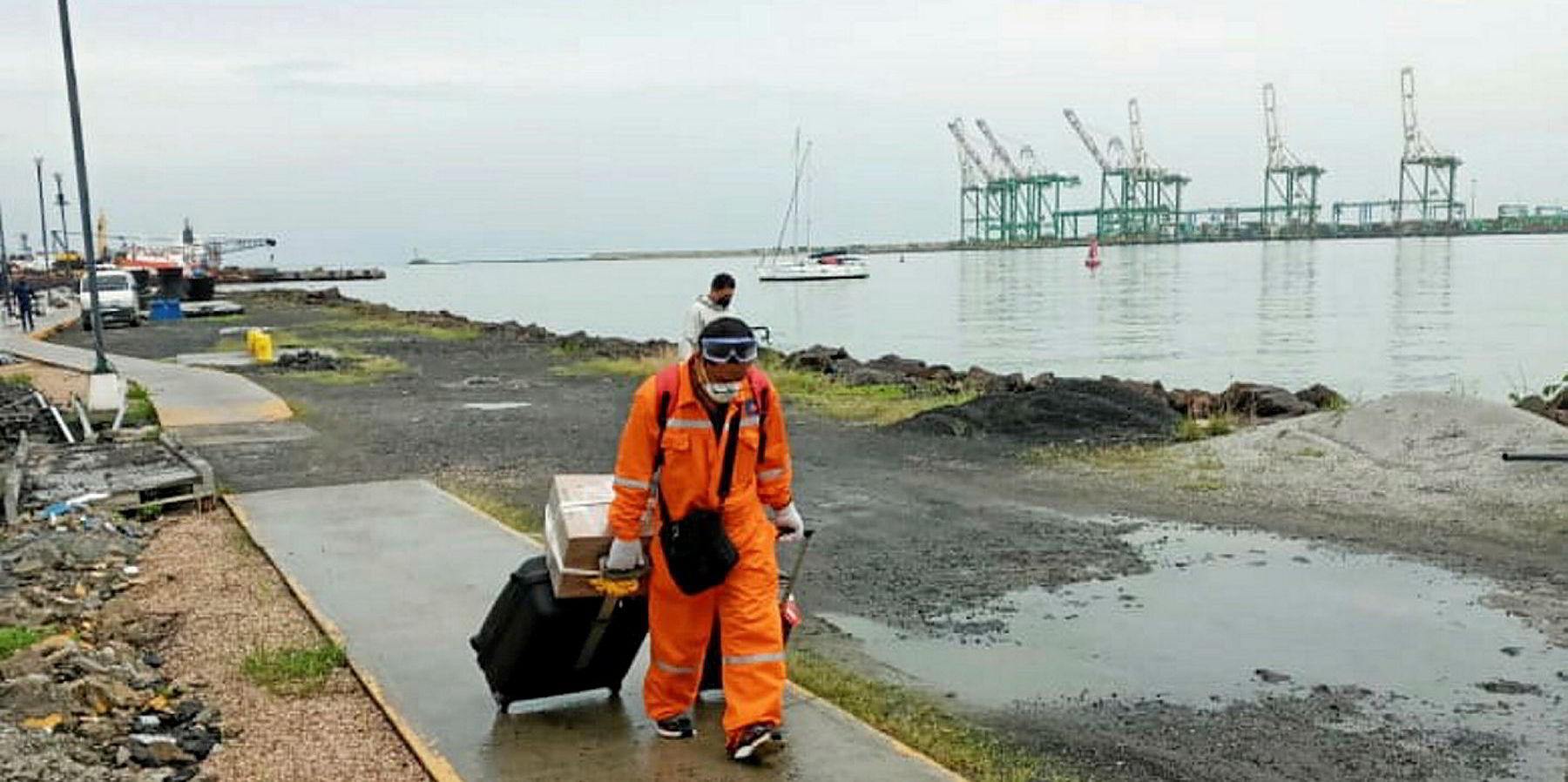UK shipping minister Kelly Tolhurst was quick to pronounce last week’s virtual international summit on the crewing crisis a success.
She took to Twitter to proclaim that the problem — which has trapped an estimated 200,000 seafarers on board ships — is heading towards a resolution.
“Leaders around the world are now on board — seafarers are key workers. I am proud that the UK continues to lead the conversation on maritime workers’ rights after today’s summit we shall see a turn in the tide for seafarers,” she wrote.
In a joint declaration, the 13 participating countries agreed to new international measures to open borders for seafarers and increase the number of commercial flights to expedite repatriation efforts.
Bob Sanguinetti, chief executive of the UK Chamber of Shipping, which played a key role in hosting the meeting, was equally triumphant. “The Joint Declaration represents a big step towards averting the looming humanitarian and economic crisis,” he said.
However, Francesco Gargiulo, chief executive of the International Maritime Employers’ Council (IMEC), whose members have first-hand experience of the struggle involved in getting crew home, was left wondering what he could expect, given the very general terms used in the joint declaration.

He pointed to the problems his members face in returning crew to the major labour supply countries. “India did not attend [the summit], no commercial flights in or out of the country before August, and I am sure they will push back later this month,” he said.
International Transport Workers’ Federation (ITF) general secretary Stephen Cotton said ministers and officials at the summit need to bring in “practical exemptions and waivers that allow seafarers to move freely to enable safe crew changes and repatriation to their home countries”.
Much was made of the participation of the Philippines — the largest seafarer labour supply country — in the joint declaration. But the Philippines government had already announced that it is to open special green lanes to allow crew to return home.
Little has changed
Despite the positive crew exchange numbers recently announced by Singapore, many managers suggested that little has changed. China, South America and Africa remain largely closed to crew exchange.
But a big part of the problem is the limited number of European Union missions open in India, China or the Philippines to issue visas for the Schengen Area (which comprises 25 European countries, plus Iceland) to allow seafarers to join ships and relieve crew.
Leading shipping associations, as well as the ITF, wrote to EU leaders before the summit, urgently requesting temporary visa waivers to allow crew to join ships in Schengen countries.
They also want to create the conditions for seafarer air corridors from EU member states and key seafarer labour supply countries.








